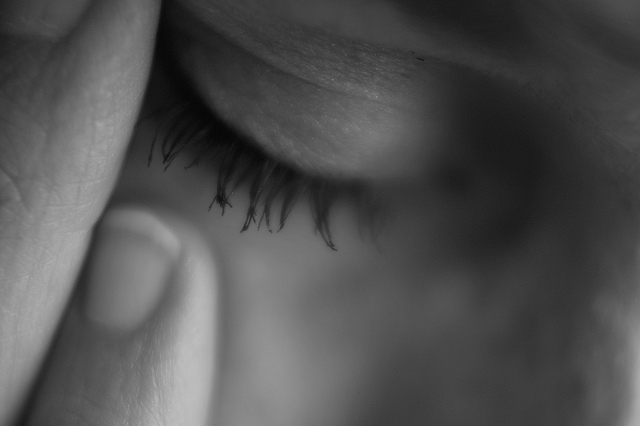
Migraines, as many of you already know, are life-disrupting bouts of excruciating head pain that are often difficult to predict and harder to prevent. If you suffer from numerous attacks during a month, you may be experiencing chronic migraine symptoms. Pain from almost constant migraines can make life miserable for those experiencing them, driving them from one therapy to another in search of the Holy Grail of pain relief.
Being rich and famous doesn’t get you off the hook. According to a recent Huffington Post article, celebrities including entertainers Marcia Cross, Lisa Kudrow, Ben Affleck and Janet Jackson as well as former pro-football player Troy Aikman have all had their share of career and personal challenges worsened by chronic migraines. It’s not surprising that famous names will turn up considering that over 10 percent of the population, or more than six million people, in the US suffer from almost constant migraine, reports the Migraine Research Foundation (MRF).
While there is no cure for chronic migraines, there are more treatment options than you may realize. Not every treatment works for everyone, of course, so you and your health care provider will need to work as a team to experiment with what works and eliminate what doesn’t. Chronic migraine symptoms present a unique challenge due to the difficulty in identifying the causes and finding a treatment that works to prevent or mitigate life-disrupting migraine attacks.
Chronic migraine symptoms defined
Migraine pain attacks which appear at least 15 times in a month are considered chronic migraines. The attacks will generally include two or more of the following:
-
Pulsating, throbbing pain
-
Pain level is moderate to severe
-
Pain is made worse by activities and movement
-
Pain located unilaterally
-
Sensitivity to sound and/ or light
-
Nausea and/ or vomiting
These may or may not respond successfully to various forms of treatment, such as medications, bio-feedback or other modalities. Over time, chronic migraine attacks may become less responsive to previously effective treatments.
Chronic migraines, according to the Migraine Research Foundation, affect roughly two percent of the population. Chronic migraine symptoms are so life-disrupting that they have been blamed for suicides, depression, anxiety, and sleep loss, making it one of the leading causes of disability in the US today.
What causes migraines to increase in frequency? In most cases, tolerance to medications develops, resulting in subsequent attacks occurring more frequently, states the MRF. Sometimes patients don’t always take their prescribed medicine regularly, reducing its effectiveness as the body quickly develops tolerance. Changes in sleep patterns, especially those of shift workers, can trigger an episode, especially if they result in loss of sleep. Pounding exercise and movement from gym workouts can be another culprit, as well as weight gain.
There may also be unidentified ‘triggers’, such as food sensitivities or stress, that may be responsible for what seem (to the patient) to be causing constant migraines.
How are chronic migraines treated?
There are three main paths of treatment:
-
Acute – Uses medications to provide relief on an as-need basis, as attacks occur
-
Preventive – Requires the daily use of medication to prevent future attacks as well as reduce pain
-
Complimentary – Uses drug-free treatments, such as bio-feedback or acupuncture, to relieve pain
The Mayo Clinic reports that a wide variety of medications are available for treating chronic migraine symptoms. These include:
-
Antidepressants
-
Beta blockers or calcium channel blockers, also commonly used to treat high blood pressure
-
Antiseizure medicines
-
Botulinum toxin Type A (‘Botox’) injections have also proven to be useful in reducing frequent chronic migraine symptoms
-
For milder pain, over-the-counter medicines may help, but care should be taken with long-term use as these can cause ulcers and other internal bleeding as well as rebound headaches
-
Ergots, especially when combined with caffeine can be effective for longer attacks, lasting over 48 hours
Intractable chronic migraine symptoms so severe that they don’t respond well to mediations of any type or dosage may sometimes be successfully treated through surgery to inject pain-blocking steroids or remove nerves or muscles in severe cases. Neurostimulation can also be performed surgically, with implanted wires under the skin, for cases where medication or behavior-modification therapies have failed to help. By using gentle stimulation on targeted nerves, the pain signals are blocked from communicating with the brain and pain is diminished or no longer experienced.
Image Credit: r.nial.bradshaw

